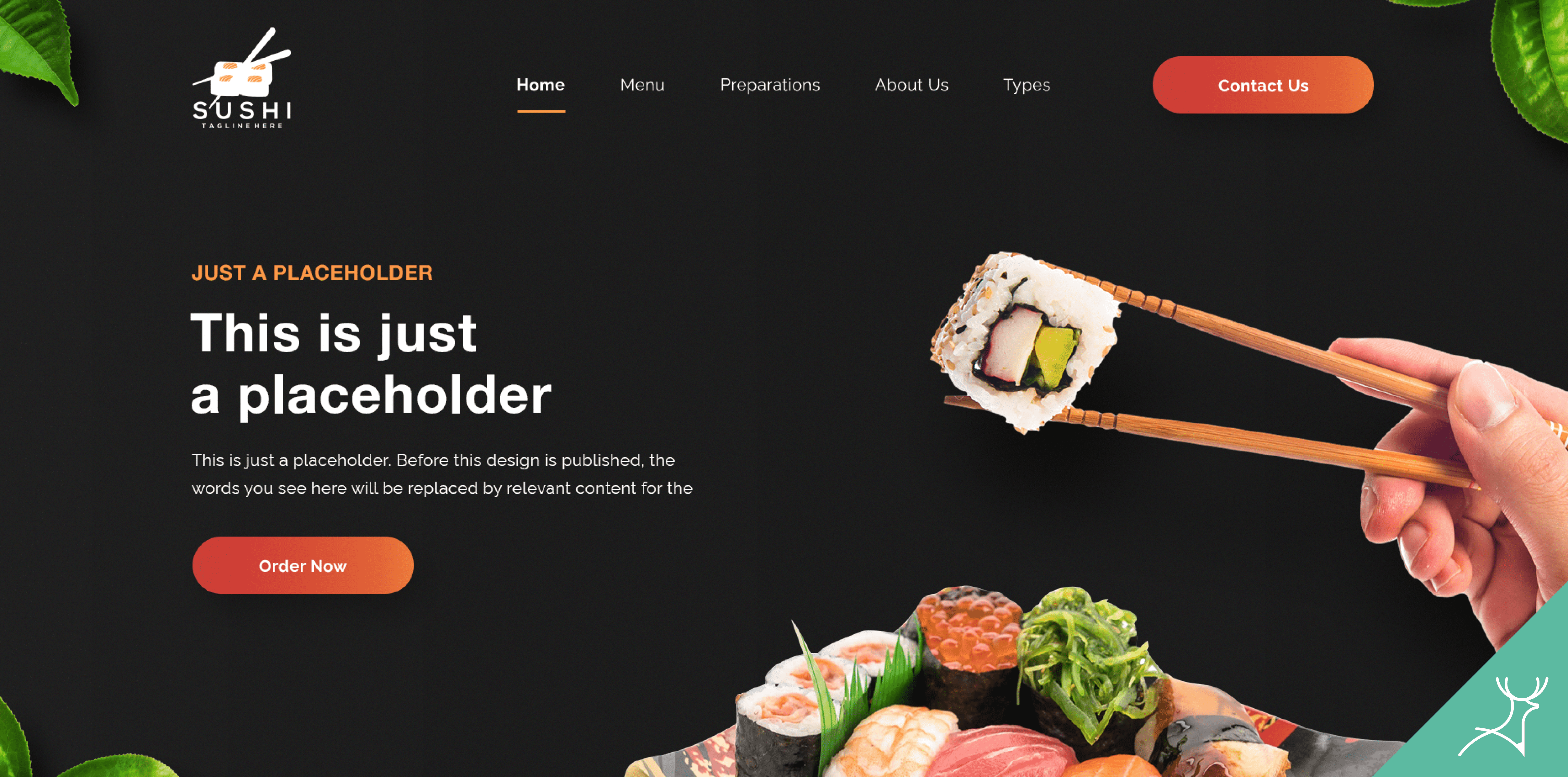Negative space is the key to making your designs stand out

Have you seen how the bright red of a ladybug stands out against the green of a plant? Aposematism or “aposematic mechanism” was what you observed.
It was a way for organisms to tell a possible predator that they were dangerous and/or poisonous.
The most common sign of aposematism is having bright colours that stand out. For example, many wasps are black and yellow, and ladybird beetles are red.
For this to work, the insects have to be seen against a contrasting surface. The ladybug will not stand out if it’s sitting on a red Ferrari or a red sunhat. The environment has a lot to contribute to this unique mechanism.
If you want to be distinct or make your brand stand out, wearing bright colours like a ladybug or talking loudly through a megaphone won’t cut it. It’s about being aware of your surroundings to get more attention.
Here, negative space comes into play. Knowing the difference between positive and negative space is critical to design.
Negative or white space is great for designers because it makes them think carefully about what goes into their designs and what doesn’t.
What does “negative space” mean?
Lack of space is the area around something that is empty. It’s mainly the space between things. It’s one of the most important things you can add to design to make your work stand out.
Negative space can also have colours, patterns, or textures.
Why you should leave empty space in your designs
Negative space can be used to make a picture look more balanced. If you have too much going on in one part of your layout, try adding empty space in another part. This will help give the page more structure and balance.
White space can also be used as an accent colour or pattern to draw attention to certain parts of your layout without overpowering them with colour or distracting patterns.
When you combine this with other accents, like shadows or highlights on certain parts of your layout, the effect is very eye-catching.
How to make good use of negative space
The creative professional can do a lot with negative space. It helps your work stand out and gets you closer to your goals. You can use negative space well by making sure that everything added to your piece fits with your message or goal.
Here are some tips for making good use of negative space:
- Your copy should support what you highlight. For example, if you’re trying to sell a product, there’s no reason to include anything in your copy that doesn’t directly relate to the product or how it works.
- Use negative space as a design element instead of just a space. It should be attractive, interesting, and well-balanced with the other design elements.
- Make sure that your negative space doesn’t overpower your main content or get in the way of what you’re trying to say. It should help you say what you want to say, not distract the viewer from it.
- Use negative space wisely. It’s best to use it in moderation so that your layout or template doesn’t leave too much room for mistakes.
- Don’t try too hard to make something unique by filling every inch of white space with text or images. Instead, include some “white noise” to make your designs look less cluttered and more inviting to read or look at.
Slide to see the effective use of negative space in the hero section
May your empty spaces be filled with ideas!
The idea of art as a whole is tied to the art of negative space, or what is left out of a piece instead of what is put in.
It’s tempting to buy everything you can find, but sometimes it’s better to let the art speak for itself. By leaving some things out, you can draw more attention to the things you do include, making the experience of finding them much stronger.






